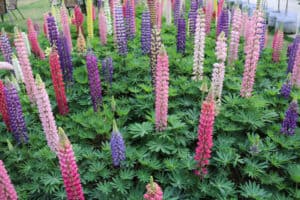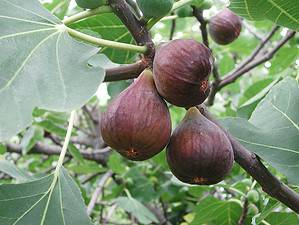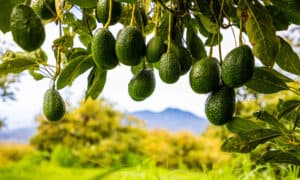While many people think of potted plants when considering home decor, aquarium enthusiasts know that soil and greenery are just the beginning. Aquarium plants help keep fish happy and healthy while adding a beautiful natural aesthetic to your space.
Growing aquarium plants can be tricky. In this article, we’ll cover the best aquarium plants for beginners to start your collection on the right foot (or fin).
Amazon Sword
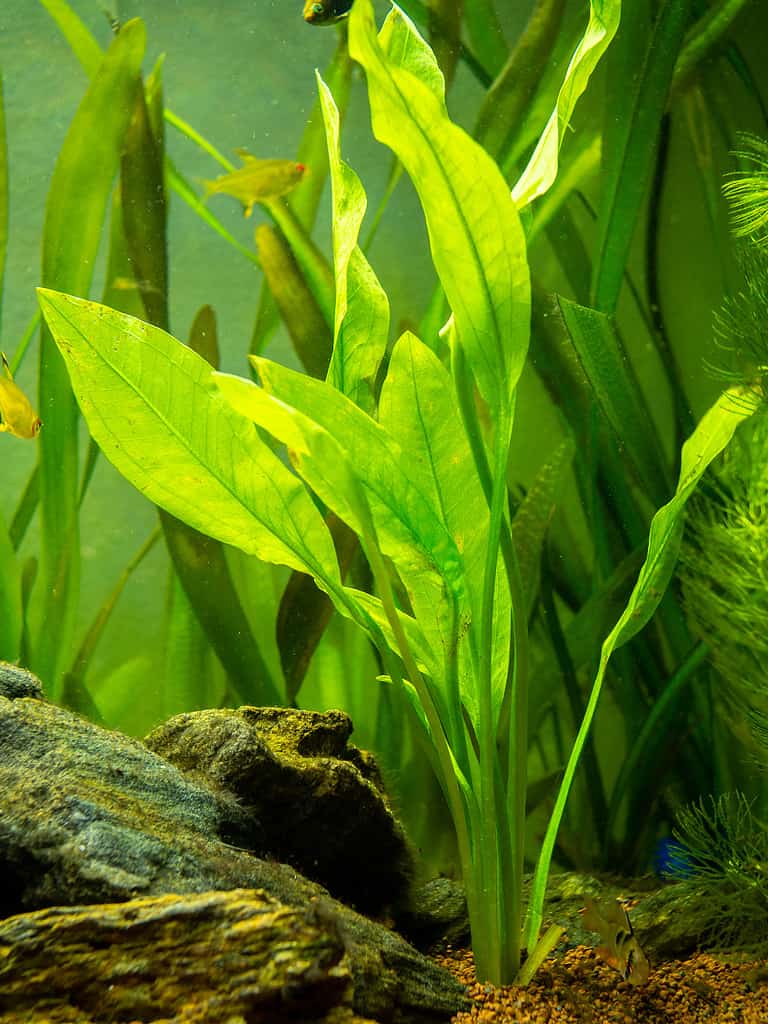
The Amazon sword is one of the most popular aquarium plants for beginners.
©Juan Carlos Juarez Jaramillo/iStock via Getty Images
Echinodorus grisebachii is well-known and loved for its low-maintenance care requirements and beautiful appearance. It performs best in loose substrate and works well in community aquariums, but avoid placing in tanks with cichlids or goldfish.
Anubias
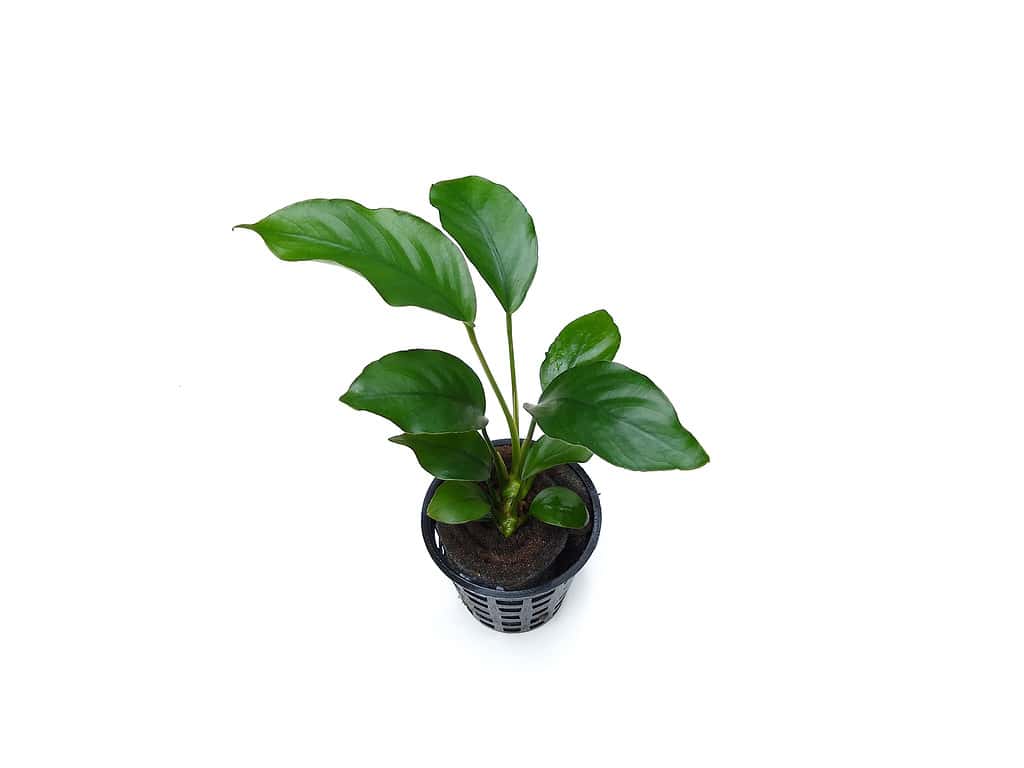
There are several types of beginner-friendly Anubias.
©sisyphuszirix/iStock via Getty Images
Anubias is a tropical genus of aquatic plants with several beginner-friendly species to choose from. Some of the top picks include Anubias nana and Anubias barteri. These plants have thick, green leaves similar to the pothos plant. Anubias plants perform best when shaded under other plants to prevent algae growth.
Brazilian Waterweed
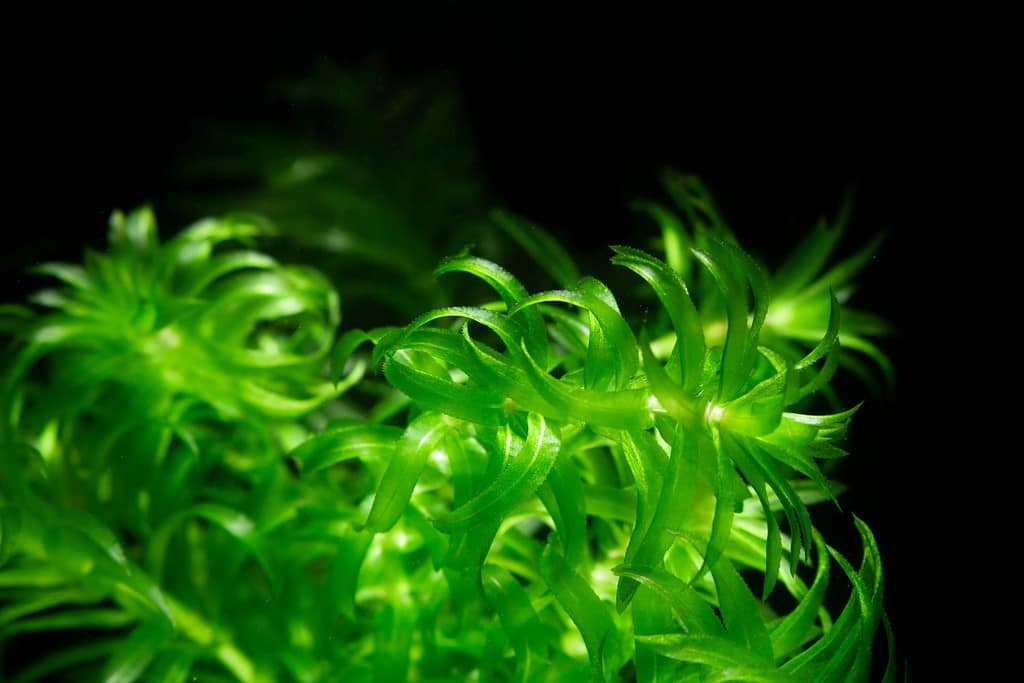
thrives in aquariums.
©Dany Kurniawan/Shutterstock.com
Brazilian waterweed is a fast-growing aquatic plant that’s become invasive in many areas. However, these features make it great for aquariums, and cichlids love the addition. Trim often to prevent overgrowth, and never dump your Brazilian waterweed into a water source.
Bucephalandra ‘Wavy Green’
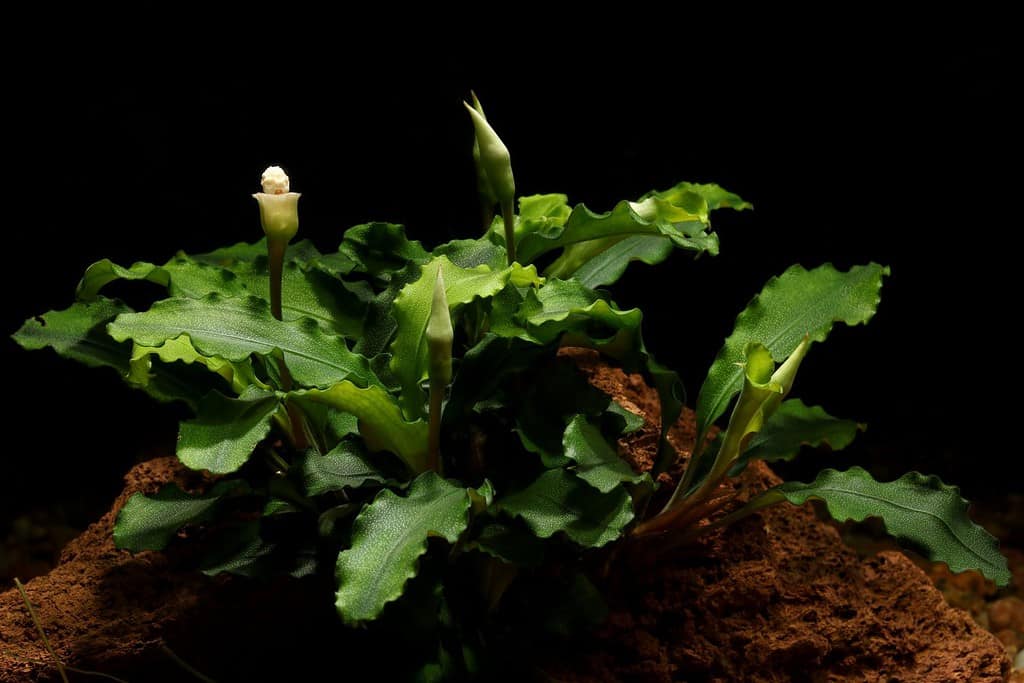
Wavy green is named for its crinkly leaves.
©Dan Olsen/Shutterstock.com
This dense, wavy plant adds a beautiful aesthetic to low-light tanks and thrives in shady conditions. Tuck the rhizome of this plant into a cracked rock or plant loosely in substrate with the top portion of the rhizome showing.
Dwarf Lily
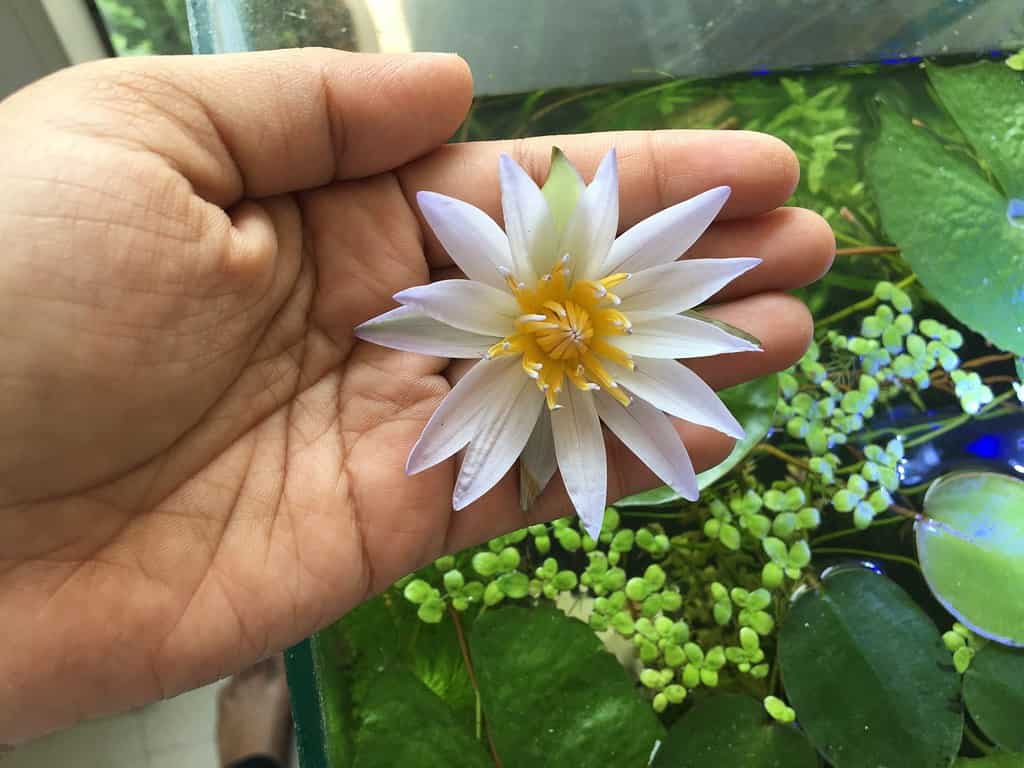
Dwarf water lilies are great for open tanks.
©Dannila/Shutterstock.com
There’s nothing more beautiful than a spray of water lilies floating in an open tank. Dwarf lilies grow well in aquariums and absorb organic waste. They thrive in most lighting, though they sometimes require pruning and fertilization with root tabs.
Dwarf Sagittaria
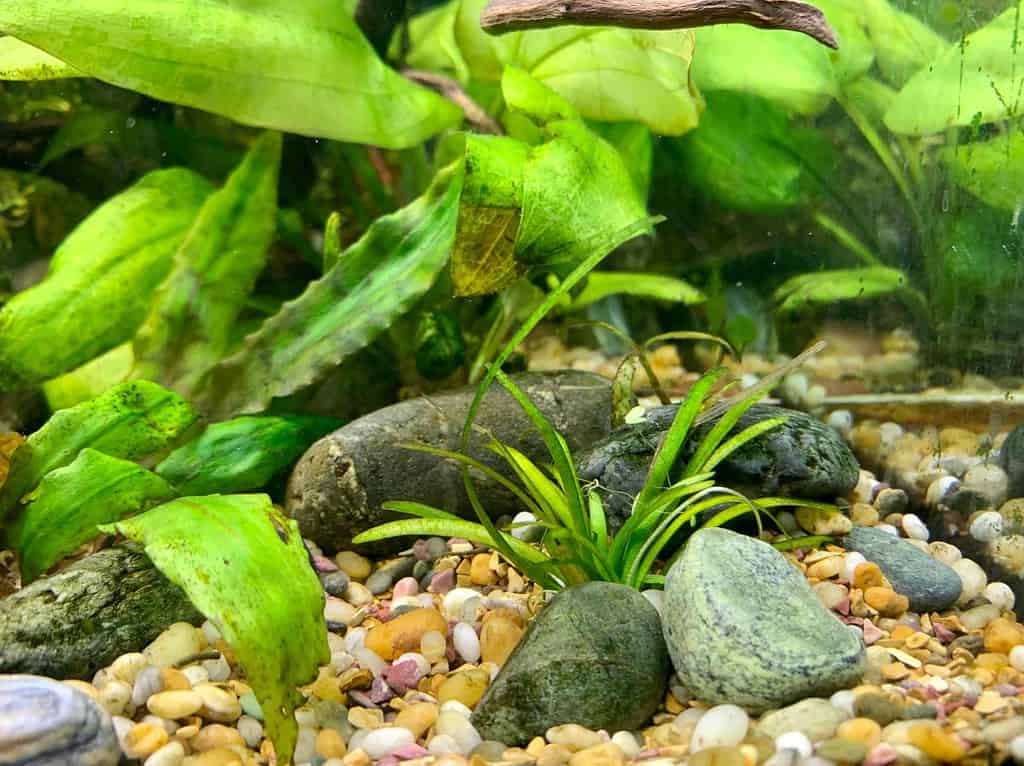
Dwarf Sagittaria are easy to care for.
©TTONN/Shutterstock.com
One of the best aquarium plants for beginners, Dwarf Sagittaria is low maintenance and thrives on neglect. It grows easily and spreads, providing coverage for small fish. If your Dwarf Sagittaria is turning yellow, supplement with iron. If it’s turning red, don’t worry; it’s just a reaction to high light exposure.
Dwarf Water Lettuce
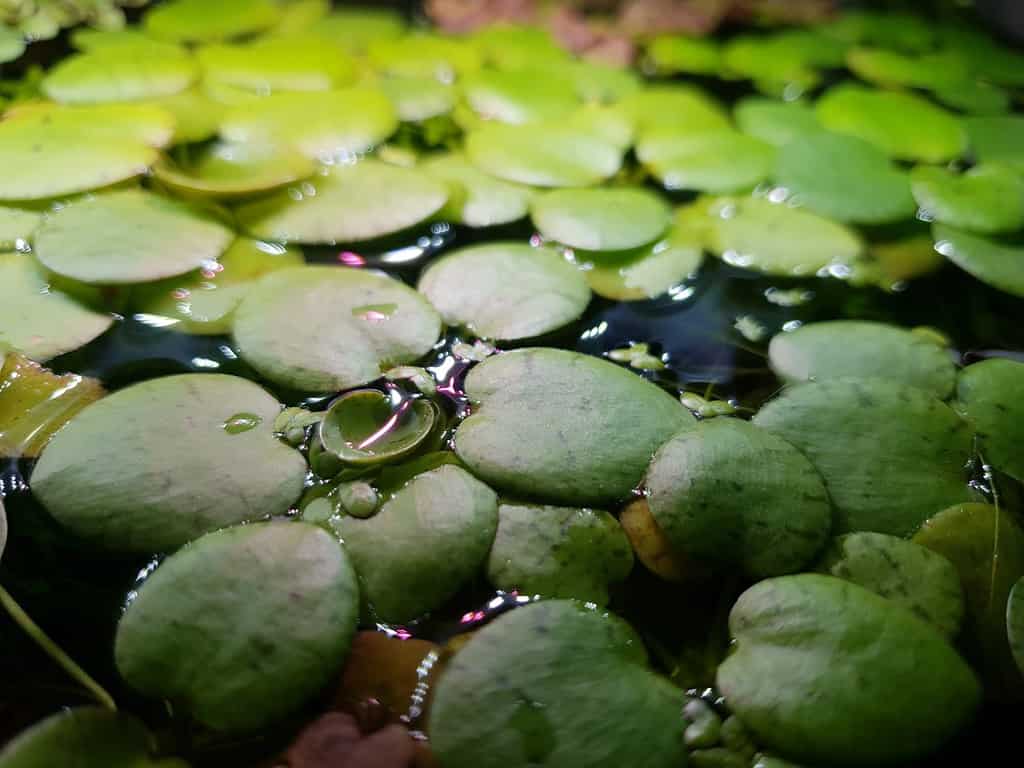
Small fish and aquatic creatures love hiding under water lettuce.
©edmundng78/Shutterstock.com
Dwarf Water Lettuce is a floating plant, providing plenty of coverage for curious creatures in community tanks. It thrives in high fish populations with plenty of waste products to filter for nourishment. This easy plant doesn’t require substrate and prefers low light conditions.
Hornwort
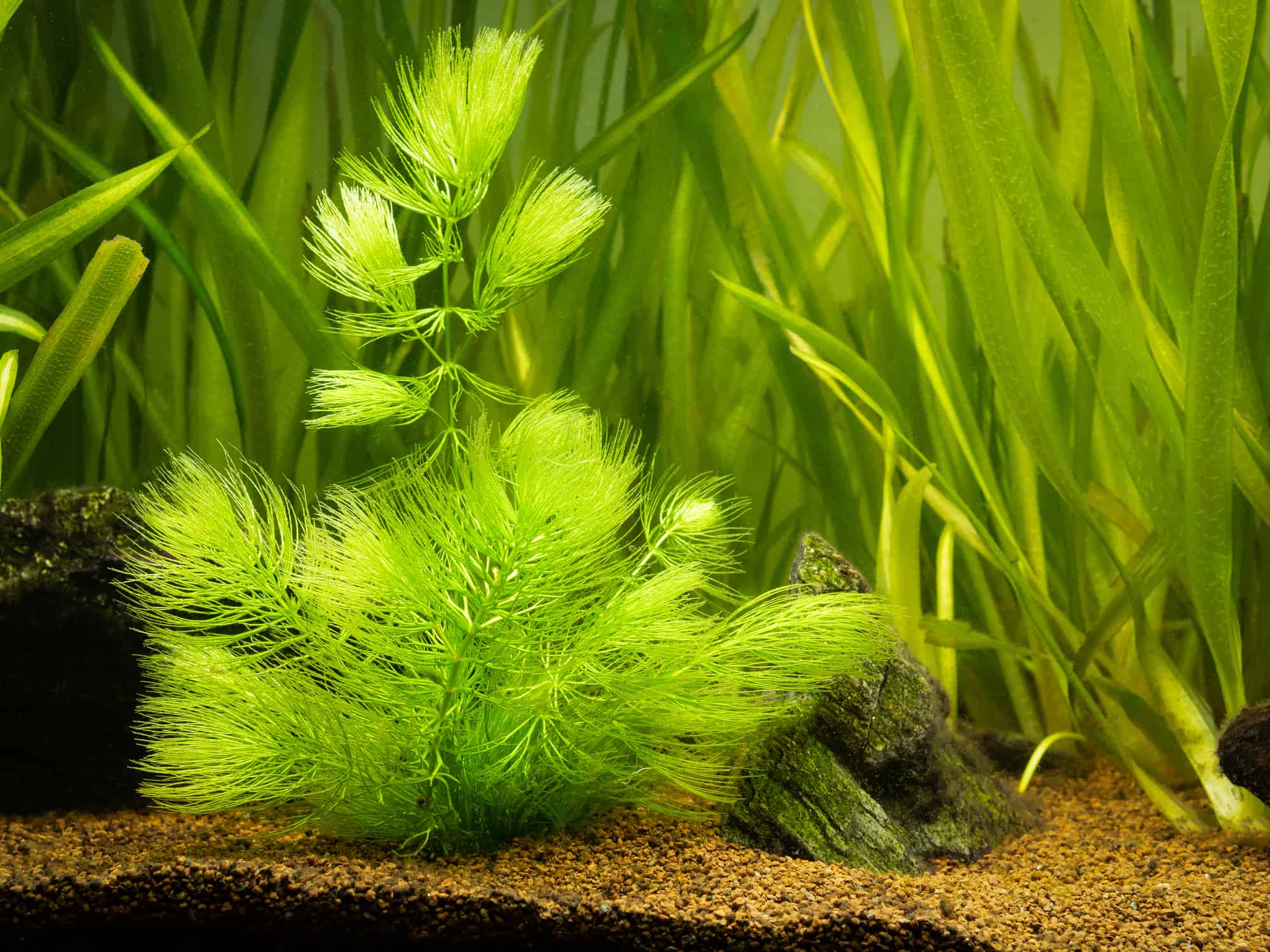
is a popular addition to aquariums.
©Juan Carlos Juarez Jaramillo/iStock via Getty Images
If you like the idea of tree-like elements in your aquarium, Hornwort is for you. This is not only one of the best aquarium plants for beginners but also one of the most effective tank cleaners. Its texture also makes it friendly for goldfish tanks, as its spiky texture deters nibbling. This plant does best when left to float rather than planted in the substrate.
Java Fern
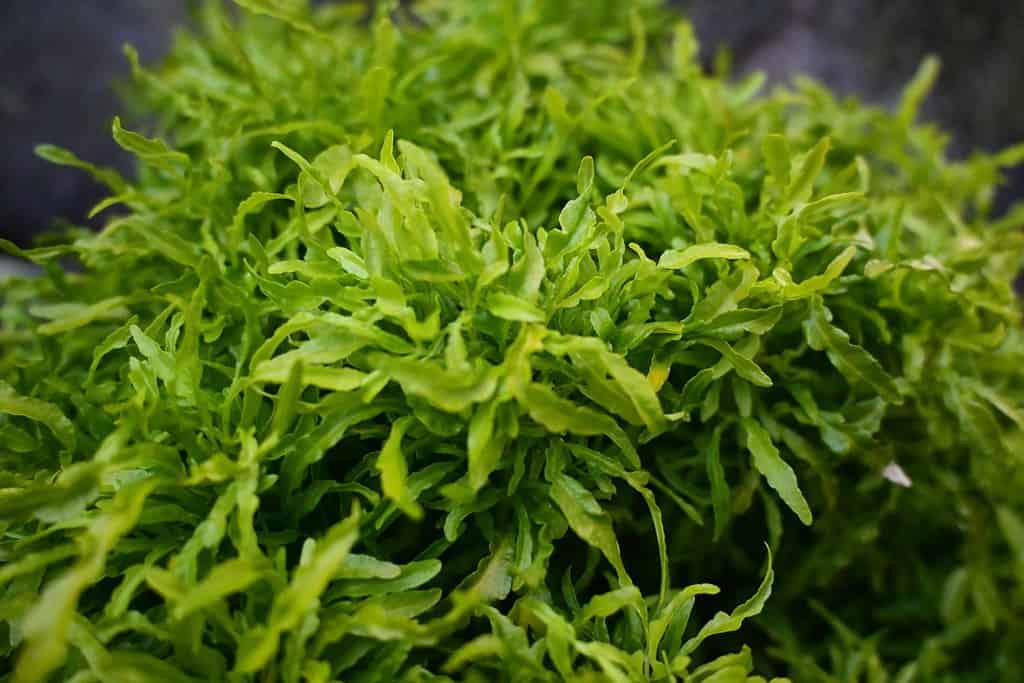
Java Fern is a resilient aquarium plant.
©Techzila/Shutterstock.com
The Java Fern is another popular option for beginners due to its low-maintenance nature. It thrives in low-light conditions and offers dense coverage for shy fish and tankmates. Tuck this plant into a crack rather than planting it in the substrate.
Java Moss
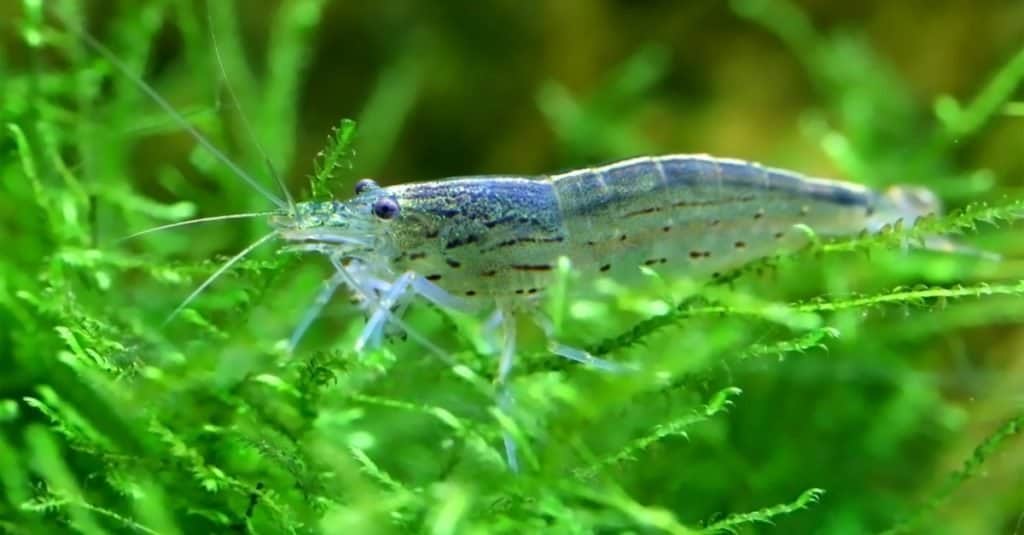
Java moss is tough to kill, making it ideal for beginners.
©Swapan Photography/Shutterstock.com
If you’re looking for an absolute beginner aquarium plant, java moss is for you. It grows best on the surface of aquarium decor, where it happily filters the water. Shrimp and small fish love java moss for coverage, making it ideal for community tanks.
Lemon Bacopa
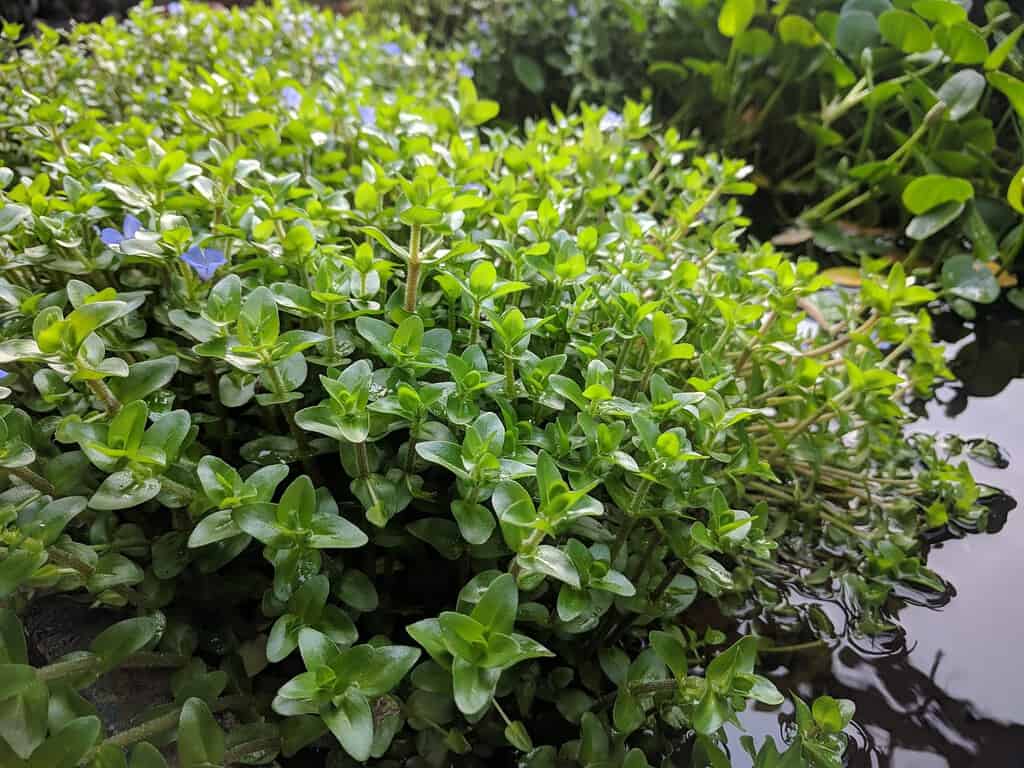
is a creeping plant that provides coverage in your tank.
©sharohyip/Shutterstock.com
Lemon Bacopa, also known as Bacopa caroliniana, is a herbaceous perennial. This creeping plant is hardy and thrives in aquariums, but it has sensitive leaves, so be careful when tending to it. Bacopa plants do best in low to moderate light and require minimal maintenance.
Marimo Moss Ball
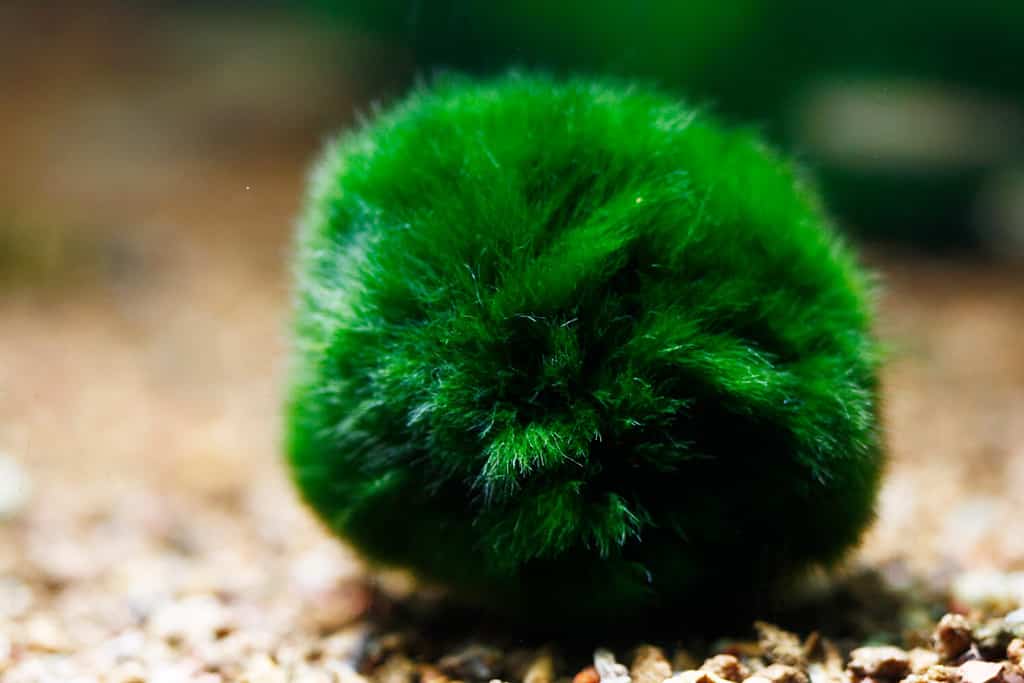
Marimo Moss Balls add a whimsical appearance to your aquarium.
©Pavaphon Supanantananont/Shutterstock.com
Aquarium owners love Marimo Moss Balls for their unique appearance and low care requirements. They also filter the water and create a rich ecosystem for your fish.
Unfortunately, Marimo Moss Balls can play host to invasive zebra mussels. Ensure these adorable tank plants never end up in public waterways and dispose of them carefully if needed.
Water Sprite
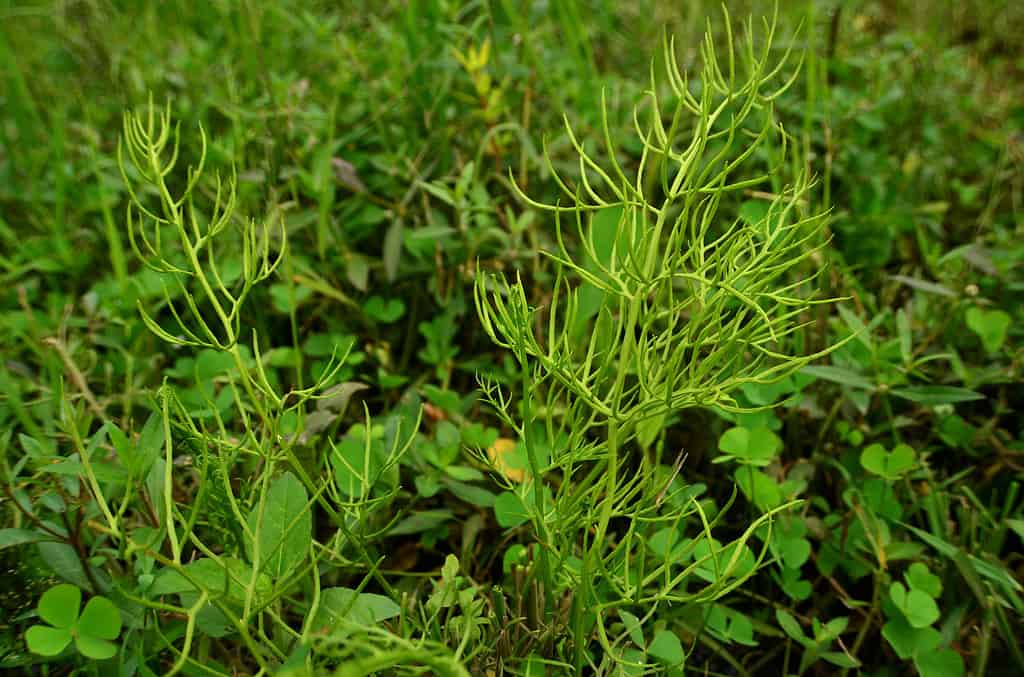
The Water Sprite is a type of fern.
©wahid hasyim asyari/iStock via Getty Images
Ceratopteris thalictroides, also known as the Water Sprite, is a species of fern that thrives in aquariums. It’s a popular choice for beginners due to its low maintenance requirements and forgiving nature. You can plant this aquatic fern in the substrate or let it float. Be vigilant about trimming it back, as this quick grower can take over your tank!
Water Wisteria
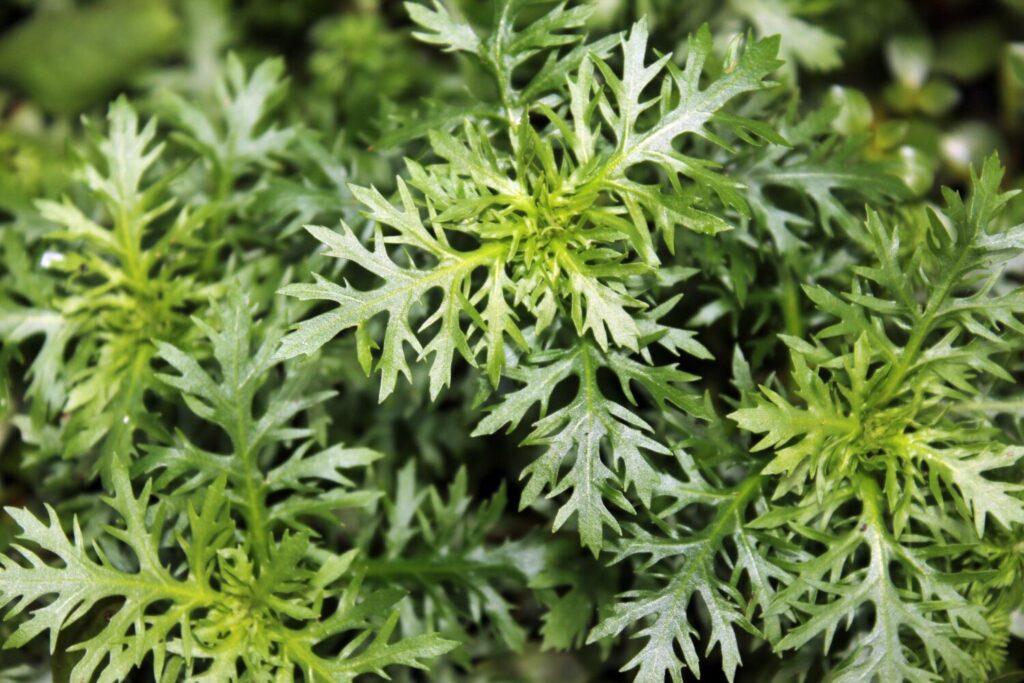
Water Wisteria has beautiful, pointy leaves.
©Jarot Sarwosambodo/Shutterstock.com
Hygrophila difformis, also known as Water Wisteria, is popular among aquarium enthusiasts due to its beautiful colors and shape and low-maintenance nature. It prefers community tanks with plenty of byproducts to absorb and may wither away without sufficient nitrogen waste. Trim back your plant regularly to ensure lighting gets to the roots.
Wendt’s Water Trumpet
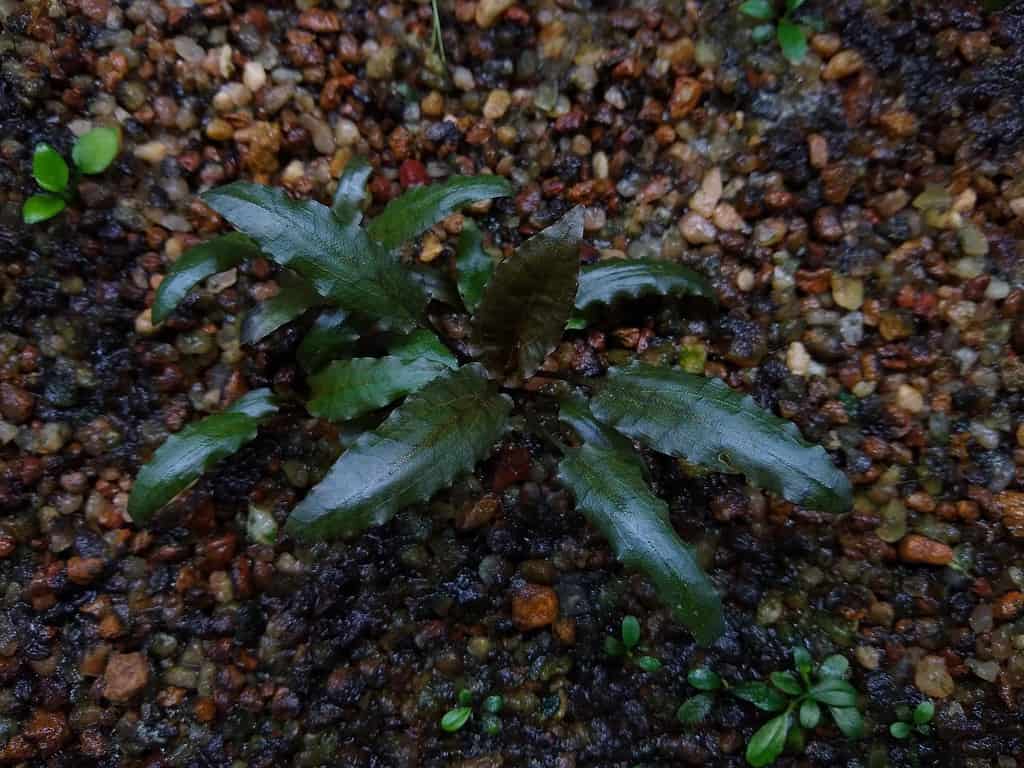
has beautiful greenery that reacts to the light.
©SISYPHUS_zirix/Shutterstock.com
Wendt’s Water Trumpet does best in warmer aquariums and moderate light conditions. In lower light conditions, the leaves will become flat, while more light exposure produces a wavy texture. Give this plant time to acclimatize when introducing it to the tank, and pair it with a nitrogen-absorbing plant to avoid overloading its system in community tanks.
The photo featured at the top of this post is © Dan Olsen/Shutterstock.com
Thank you for reading! Have some feedback for us? Contact the AZ Animals editorial team.



